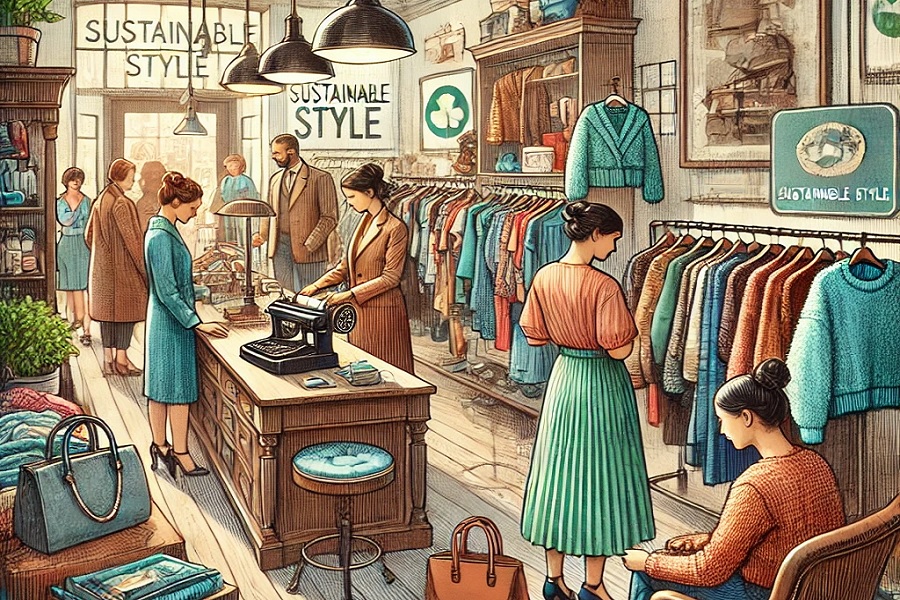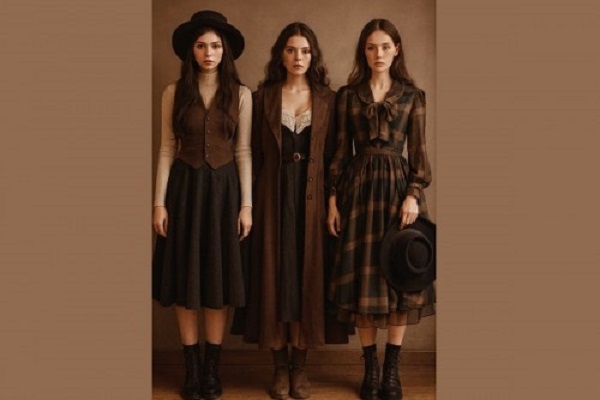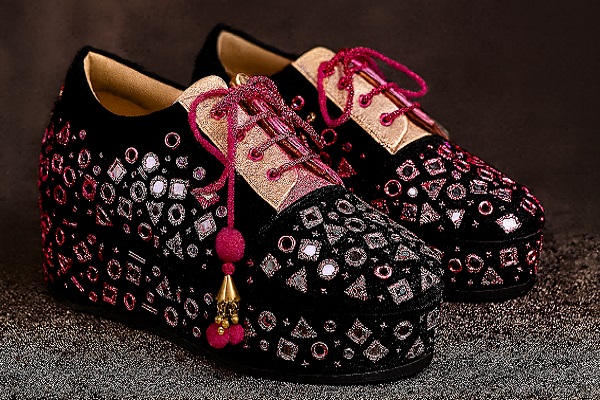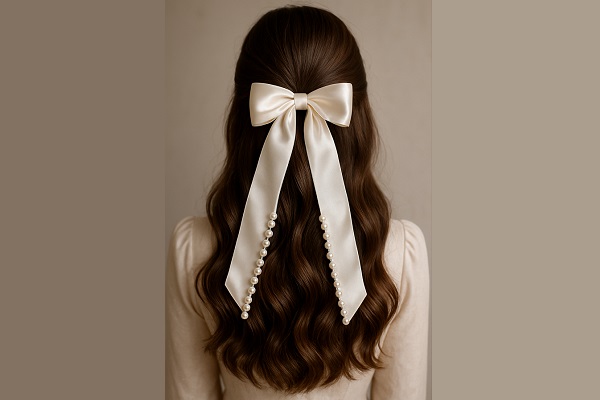Second-Hand Revolution: How Thrifting is Becoming the New Luxury

Introduction
In an era where sustainability is shaping every facet of our lives, the fashion industry is experiencing a transformative shift. Once associated with frugality and necessity, second-hand shopping has evolved into a luxury experience celebrated by influencers, celebrities, and environmentally conscious consumers. The rise of thrifting is more than just a trend; it’s a cultural movement redefining the way we perceive style, value, and sustainability.
The Appeal of Second-Hand Shopping
1. Unique Finds and Vintage Treasures:
Second-hand stores offer a treasure trove of unique pieces that can’t be found in mainstream retail. From vintage designer handbags to rare couture dresses, thrifting provides access to styles that are truly one-of-a-kind. For fashion enthusiasts, owning a piece with history adds depth and character to their wardrobe.
2. Affordable Luxury:
Luxury fashion is often associated with hefty price tags. Thrifting allows consumers to acquire high-end brands at a fraction of their original cost. The allure of snagging a vintage Chanel blazer or a classic Hermès scarf at an affordable price has made second-hand shopping irresistible.
3. The Eco-Friendly Choice:
Fast fashion’s environmental toll has pushed many towards more sustainable alternatives. By purchasing pre-loved clothing, consumers reduce waste and extend the lifecycle of garments. Thrifting not only minimizes the demand for new production but also helps combat the growing issue of textile waste in landfills.
The Role of Technology
The digital era has revolutionized second-hand shopping, making it accessible to a global audience. Platforms like Poshmark, ThredUp, and Depop allow users to buy and sell pre-loved items with ease. Meanwhile, luxury consignment websites such as The RealReal and Vestiaire Collective authenticate and curate designer pieces, ensuring quality and trust.
AI and data-driven algorithms are also enhancing the experience, providing personalized recommendations and streamlining the discovery of desired items. Virtual try-ons and augmented reality features are bridging the gap between physical and digital shopping.
Celebrity Endorsements and Cultural Shifts
High-profile celebrities have embraced thrifting, turning it into a status symbol. Stars like Zendaya, Emma Watson, and Miley Cyrus proudly wear second-hand pieces on red carpets, showcasing that style isn’t about the price tag but about the story behind the garment. This cultural endorsement has elevated thrifting from a niche practice to a mainstream phenomenon.
Challenges and Opportunities
Challenges:
Stigma: While attitudes are shifting, some still associate second-hand shopping with economic hardship.
Quality Control: Ensuring the authenticity and condition of items remains a hurdle for both buyers and sellers.
Opportunities:
Circular Fashion Economy: Brands are now integrating resale into their business models, such as Patagonia’s Worn Wear program.
Thrift Flipping: Creative individuals are transforming thrifted items into customized, high-value pieces, adding a new dimension to second-hand shopping.
Conclusion
The second-hand revolution is not just about affordability or vintage charm; it’s a statement of values. By embracing thrifting, consumers champion sustainability, creativity, and individuality. As the fashion industry continues to evolve, second-hand shopping stands at the forefront of a movement that’s as stylish as it is sustainable. The next time you’re looking to revamp your wardrobe, consider thrifting – because true luxury is timeless, and so are the stories woven into pre-loved clothes.





















